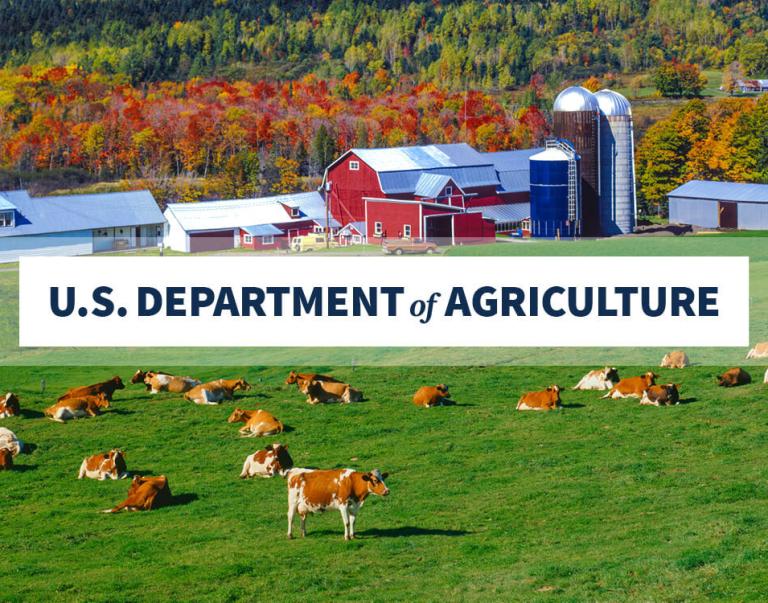Environmental Markets
Environmental markets are innovative policy approaches to leverage funding for environmental conservation on private lands.
Environmental markets can serve as a complement to traditional conservation programs. Current active and pilot markets exist for greenhouse gases, water quality, water quantity, wetlands, and habitats.
The Food, Conservation, and Energy Act of 2008 (often referred to as the 2008 Farm Bill) directed USDA to facilitate the participation of American farmers, ranchers, and forest landowners in environmental markets.
The Office of Environmental Markets (OEM), operates within the Office of Energy and Environmental Policy (OEEP) to support the development of these emerging markets, working closely with several USDA agencies, including the Natural Resources Conservation Service, Forest Service, and Economic Research Service.
Critical Resources
The Food, Conservation, and Energy Act of 2008 (often referred to as the 2008 Farm Bill) directed USDA to facilitate the participation of American farmers, ranchers, and forest landowners in environmental markets.
Learn More
Increasing atmospheric concentrations of greenhouse gases (GHGs) such as carbon dioxide, methane, and nitrous oxide cause climate change.
Learn More
USDA, in collaboration with partners, has developed tools to help land managers quantify the environmental benefits of conservation practices.
Learn More
Water quality credit trading can provide a cost-effective means to meet water quality goals and increase opportunities for conservation on private lands. USDA has been active in developing tools and registries to help facilitate these markets. Markets for nutrients, temperature, and sediment load reductions are developing across the U.S. Below are links to resources on water quality markets and tools to quantify water quality benefits from agricultural conservation.
Learn More
Environmental markets for wetlands and habitats create incentives for landowners to improve ecosystem services on their lands.
Learn More
Nutrient Tracking Tool (NTT)
The Nutrient Tracking Tool (NTT) is a free, online, user-friendly decision-making tool that quantitatively estimates the nitrogen, phosphorus and sediment losses from crop, pasture, forest lands.
RIBITS: Regulatory In-lieu Fee and Bank Information Tracking System
RIBITS (Regulatory In lieu fee and Bank Information Tracking System) was developed by the U.S. Army Corps of Engineers to track mitigation banking and in-lieu fee (ILF) program activities across the United States.
EPA EnviroAtlas
EnviroAtlas provides geospatial data, easy-to-use tools, and other resources related to ecosystem services, their chemical and non-chemical stressors, and human health.






